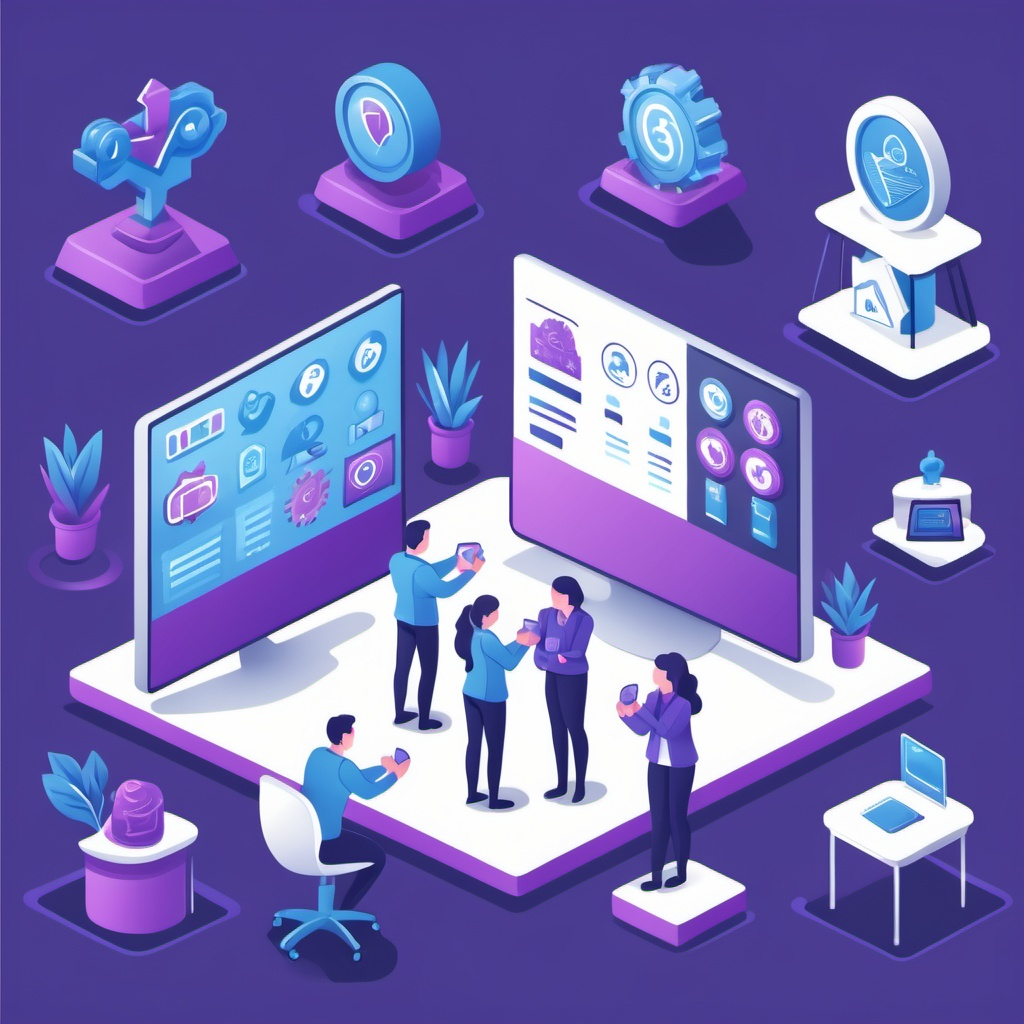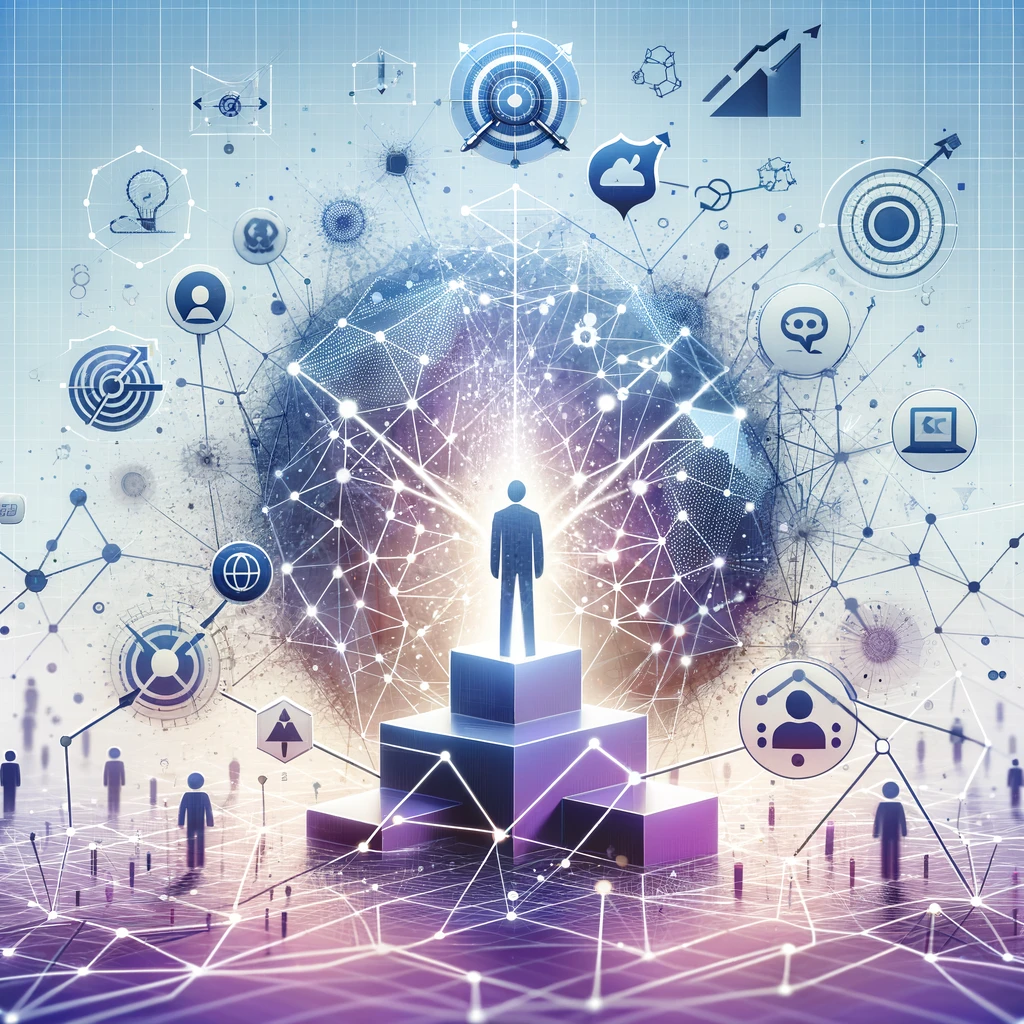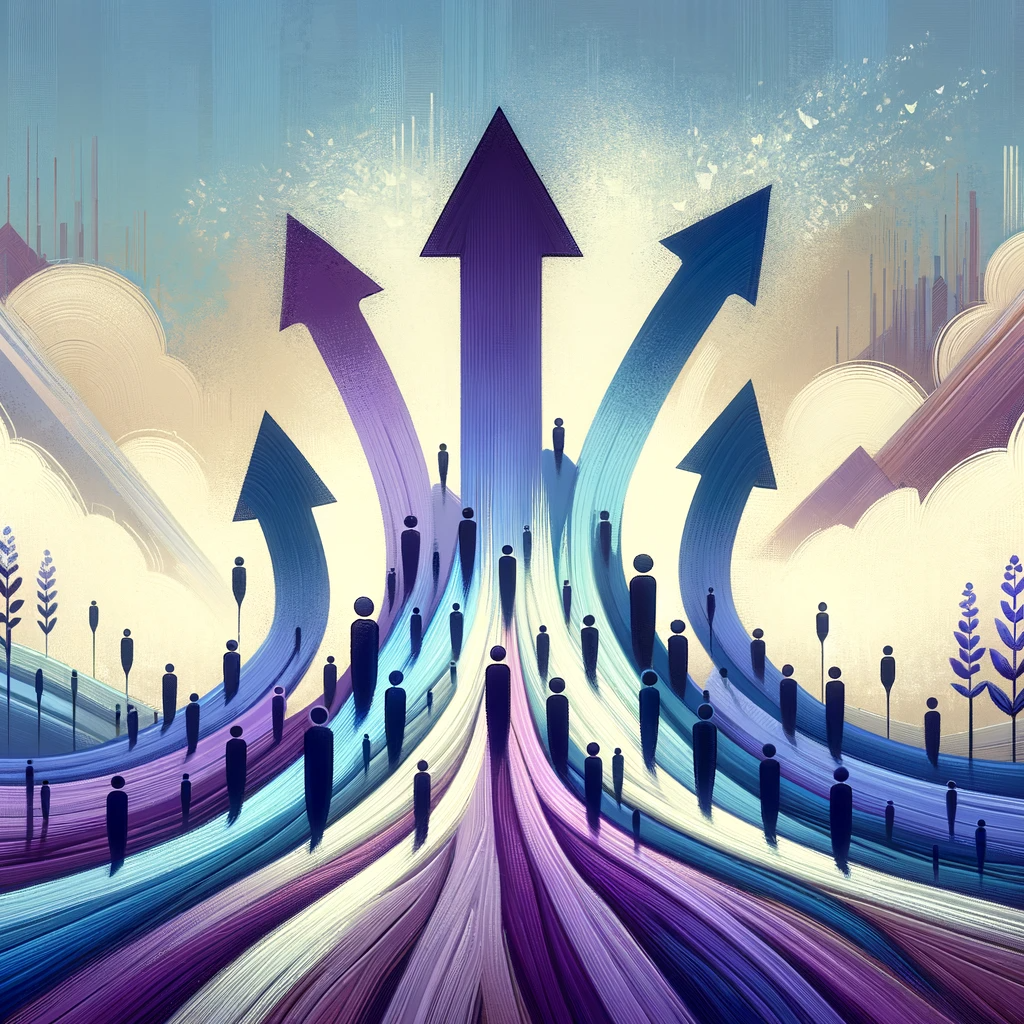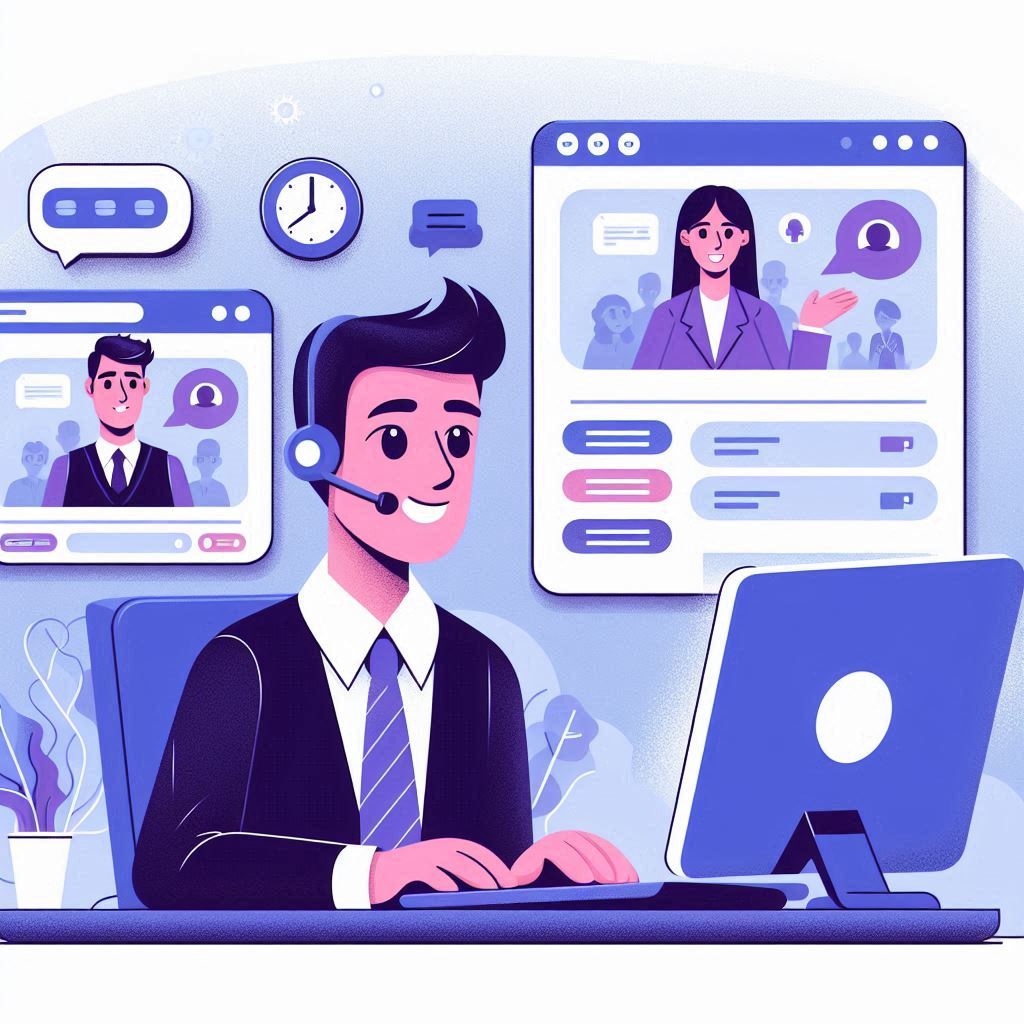Gamifying Growth: Leveraging Gamification for Employee Development
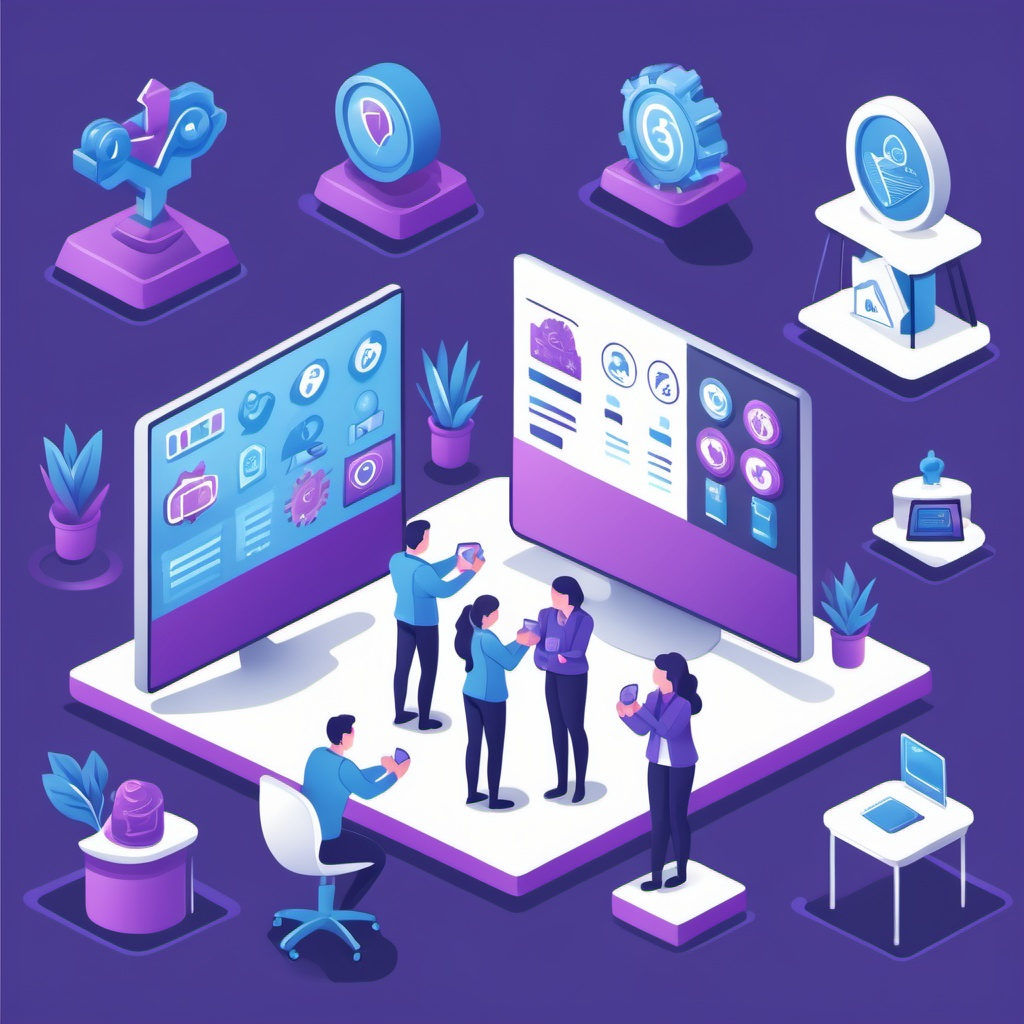
Gamifying Growth: Leveraging Gamification for Employee Development
In an age where attention is currency and engagement drives productivity, traditional employee development strategies are struggling to keep pace. Enter gamification—a powerful, psychology-driven method transforming the way organizations nurture talent, foster growth, and fuel motivation.
“People rarely succeed unless they have fun in what they are doing.” – Dale Carnegie
What is Gamification in Employee Development?
Gamification applies game design elements—like points, leaderboards, badges, and levels—to non-game contexts, such as employee training, learning, and performance. It doesn’t mean turning your office into an arcade; it means applying what makes games addictive—clear goals, instant feedback, and a sense of progress—to development experiences.
According to SHRM, gamified training boosts engagement by 60% and improves knowledge retention significantly. Gallup’s data consistently shows that highly engaged employees are 21% more productive, yet only 36% of U.S. employees report being engaged. Gamification can be the bridge between potential and performance.
Why Gamification Works
Gamification taps into intrinsic motivators like achievement, autonomy, and purpose—key principles of Daniel Pink’s motivation theory. When employees are given challenges that are meaningful and winnable, they don’t just complete tasks; they own their development.
Forbes notes that Millennials and Gen Z—who now make up the majority of the workforce—respond exceptionally well to interactive, personalized learning environments. Games aren’t distractions; they’re engagement engines.
“You don’t build a business. You build people, and then people build the business.” – Zig Ziglar
Applications That Drive Real Growth
Onboarding: Turn first-day paperwork into a quest. Provide badges for completing modules, and offer points for asking great questions.
Skills Training: Use real-time quizzes, peer challenges, or simulated environments with rewards to reinforce learning.
Performance Management: Swap annual reviews for ongoing “level-ups” where employees unlock achievements tied to goals or values.
Leadership Development: Create scenario-based games where future leaders make strategic decisions, learning from both success and failure.
Companies like Cisco and Deloitte have already embedded gamification into their learning ecosystems. Deloitte’s Leadership Academy saw a 37% increase in daily users after adding gamified elements to their training platform.
Designing With Intent
Gamification must be purpose-driven, not gimmicky. It should align with business goals and employee values. The best systems are customized, socially connected, and offer continuous feedback.
Key elements to include:
Progression: Clear pathways and milestones.
Recognition: Tangible or social rewards.
Autonomy: Choices in how and when to learn.
Feedback: Real-time insights and growth tracking.
The Future is Playful
Gamification isn’t about making work easy; it’s about making it worth the effort. When done right, it turns development into an experience that employees crave. It shifts learning from obligation to obsession.
“The only way to do great work is to love what you do.” – Steve Jobs
The future of employee growth is not in checklists, but challenges. It’s not in performance reviews, but player stats. And it’s not about control—it’s about collaboration and curiosity.
Gamify your growth strategy—and watch your people level up.
References
https://www.shrm.org/in/topics-tools/news/blogs/achieve-your-goals-with-metaverse-gaming
https://www.forbes.com/councils/forbesbusinessdevelopmentcouncil/2024/08/27/the-what-and-why-of-gamification-in-employee-training/
https://www.gallup.com/workplace/349484/state-of-the-global-workplace.aspx
